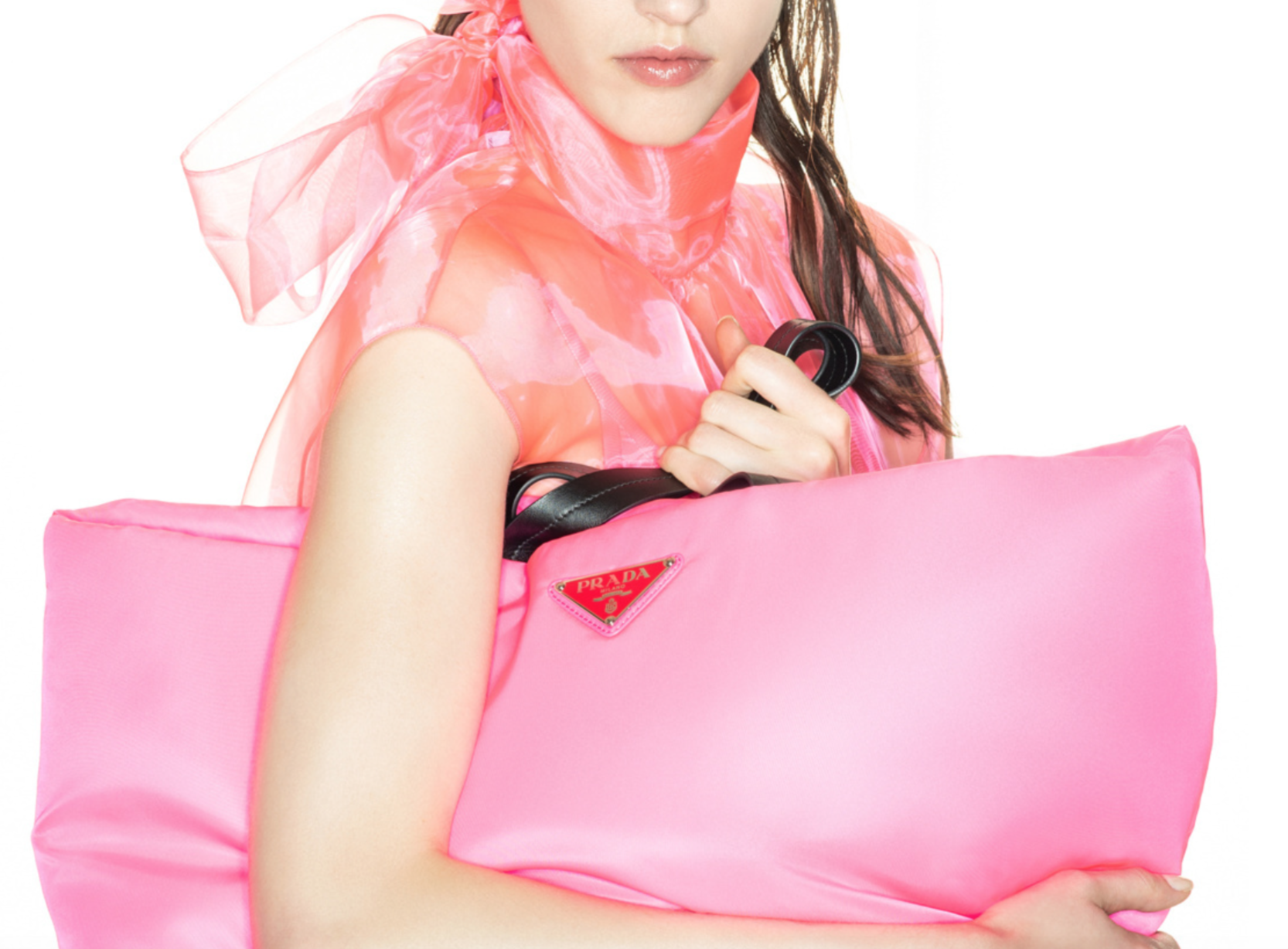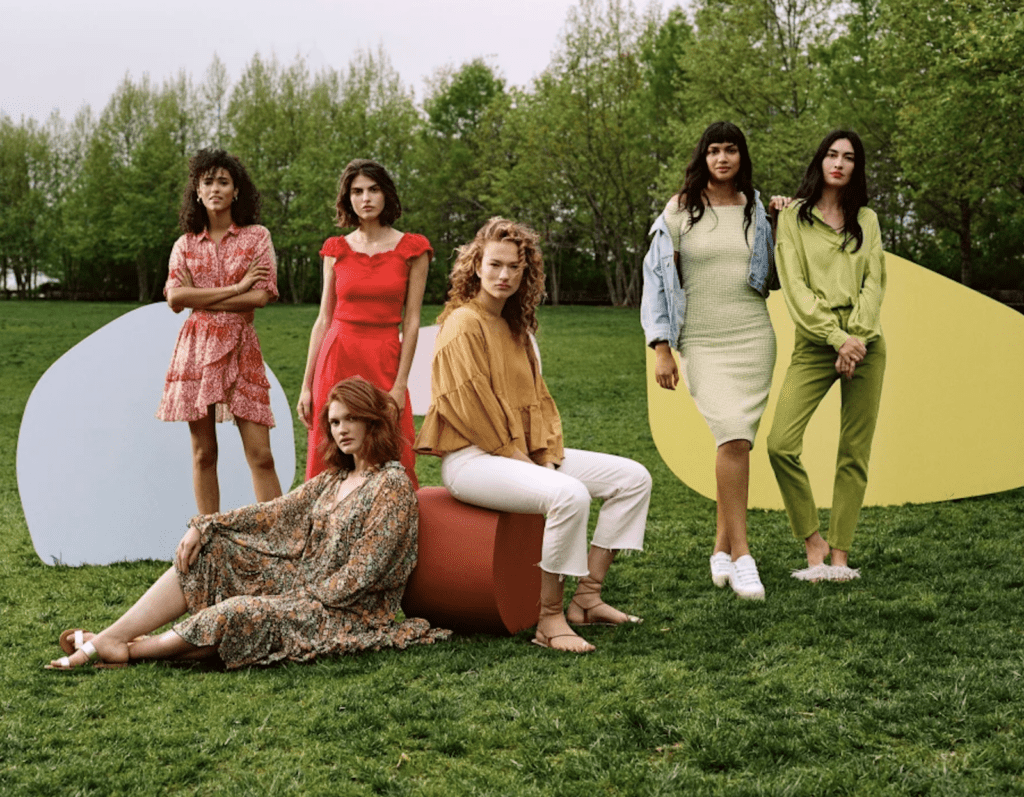
image: Prada
Almost a year after Miuccia Prada told the media to “forget the balance sheet, [and] look at the runway,” a timely order considering that the Milan-based brand’s earnings have been cut in half over the past four years, Prada is showing real signs of return. In its first-half report, Prada reported that “retail sales rose 9.7 percent at constant exchange rates, pushing revenue to 1.54 billion euros ($1.8 billion),” per Bloomberg. That is higher than the 1.52 billion euros figure that analysts had expected.
While all luxury-goods companies experienced the side effects of collapsing demand in China, Prada has been hit harder than most, thanks to years of overexpansion in retail and high exposure to Asia. That is not all, though. Prada has also suffered due to its handbag range, which was, until very recently, too expensive for most and lagging behind in terms of covetability compared to its rivals, and also, in large part, due to its hesitation to embrace e-commerce. As recently as last year, Prada refused to sell any clothing over the Internet, preferring instead to direct consumers to the company’s 600+ stores).
“Prada has gone overboard in moving its handbags [range] upmarket and narrowing its product assortment. Compelling new products at entry-price levels would almost certainly help the company get back on its horse,” per Luca Sola, head of luxury goods at Exane BNP Paribas, said of the high fashion favorite in 2015.
That same year, the brand was faulted on the balance sheet for focusing on what analysts are calling all the wrong things. As Reuters noted at the time, “The trend in luxury goods is to drum up same store sales by curbing expansion and wowing customers with new products, yet Prada continues to pay over the odds to open swanky new shops and stock them with handbags little changed from previous bestsellers.”
A Large-Scale Overhaul
Beginning in 2016, when its profits were lower than they had been in the previous 5 years, the brand, under the watch of CEO Patrizio Bertelli, “implemented a profound phase of business process rationalization.” This included “identifying important strategies to secure the Group’s future growth,” such as a drastically revamped advertising strategy, entitled, Prada 365, which has seen the brand opt for a “continuous visual data stream,” as opposed to a singular campaign each season.”
As for the products, themselves, “We are working deeply to really fill all the price ranges,” Prada’s Strategic Marketing Director Stefano Cantino said in 2016 of Prada’s plans to introduce more bags costing between 1,200 euros ($1,370) and 1,400 euros. More recently, nylon bucket bags are being sold for $1,110, while bucket hats, which appeared on recent runways, will set consumers back just over $300.
Still yet, Prada announced its plans to double its online business by increasing the number of categories it offers online, particularly shoes, and expanding its social media activities. The company further held that it would close stores and narrow the spread on prices of new products between regions to about 10 percent.
On the heels of a widespread overhaul, Prada’s numbers are up. In addition to retail sales, its profit margin rose to 18 percent from 17 percent in the first six months, which is promising, but “still a far cry from the cash-cow status the company enjoyed at its peak when it was only a notch behind the 30 percent-plus levels of Paris-based Hermes.” In short: Prada still has work to do, but the recent industry-wide revival of nostalgia-inspired wares, whether it be dad-inspired sneakers and fanny packs, should certainly help the likes of Prada in the immediate future.











